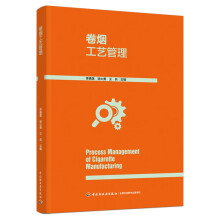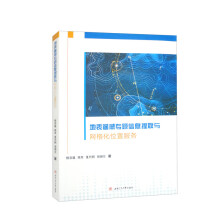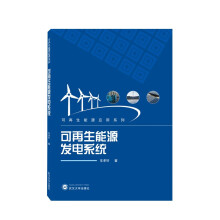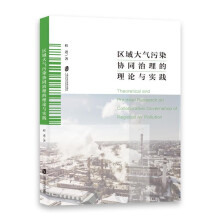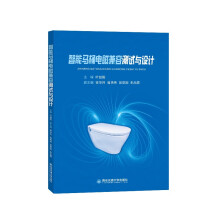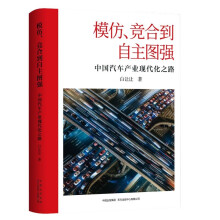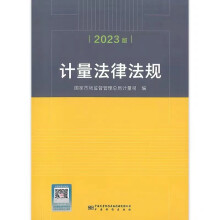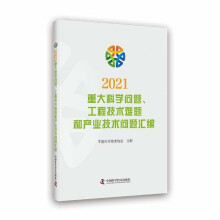Chapter Ⅰ
Introduction
The optically generated collective electron density waves on metaldielectric boundaries known as surface plasmons have been of great scientific interest since their discovery[1]. Being electromagnetic(EM) waves on gold or silver nanoparticle’s surface, localized surface plasmons (LSPs) can strongly enhance the EM fields[2]. These strong EM fields near the metal surfaces have been used in various applications like surfaceenhanced spectroscopy (SES), plasmonic lithography, plasmonic trapping of particles and plasmonic catalysis,etc[36]. Resonant coupling of LSPs to fluorophore can strongly enhance the emission intensity, the angular distribution and the polarization of the emitted radiation and even the speed of radiative decay, which is socalled plasmonenhanced fluorescence (PEF)[7]. As a result, more and more reports on surfaceenhanced fluorescence have been reported, such as surface plasmon amplification by stimulated emission of radiation (SPASER), plasmonassisted lasing, singlemolecule fluorescence measurements, surface plasmoncoupled emission (SPCE) in biological sensing, optical device designs,etc[810]. In this book, we focus on the principles and recent advanced reports on plasmonenhanced fluorescence.
All the color figures please scan the QR code.
References
[1]RITCHIE R H. Plasma losses by fast electrons in thin films[J]. Physical Review, 1957, 106(5): 874881.
[2]MOSKOVITS M. Surfaceenhanced spectroscopy[J]. Review of Modern Physics, 1985, 57(3): 783826.
[3]NIE S, EMORY S R. Probing single molecules and single nanoparticles by surfaceenhanced Raman scattering[J]. Science, 1997, 275(5303): 11021106.
[4]ESPINHA A, DORE C, MATRICARDI C, et al. Hydroxypropyl cellulose photonic architectures by soft nanoimprinting lithography[J]. Nature Photonics, 2018,12: 343348.
[5]JUAN M L, RIGHINI M, QUIDANT R. Plasmon nanooptical tweezers[J]. Nature Photonics, 2011, 5(6): 349.
[6]ZHANG Z, FANG Y, WANG W, et al. Propagating surface plasmon polaritons: towards applications for remoteexcitation surface catalytic reactions[J]. Advanced Science, 2016, 3(1): 1500215.
[7]GEDDES C D. Surface plasmonenhanced photochemistry[M].//Metalenhanced fluorescence. New York: John Wiley & Sons, Inc., 2010: 769800.
[8]OULTON R F, SORGER V J, ZENTGRAF T, et al. Plasmon lasers at deep subwavelength scale[J]. Nature, 2009, 461(7264): 629632.
[9]PINILLA D H, MOLINA P, HERAS C D L, et al. Multiline operation from a single plasmonassisted laser[J]. Acs Photonics, 2017, 5(2): 406412.
[10]FANG Y, SUN M. Nanoplasmonic waveguides: towards applications in integrated nanophotonic circuits[J]. Light Science & Applications, 2015, 4: e294.
展开


